Photography can be difficult enough to master at the best of times…but how much more difficult when you are seriously visually impaired? Tammy Ruggles shares with us her journey from a creative person, having to contain her desire for photography due to her impairment….to eventually mastering the art and discovering the real photographer within herself…..
I remember darkrooms from my early college days. I so badly wanted to take a photography course, but night blindness, a feature of my visual impairment, RP, prevented me. A small voice of logic said, “Forget it. You can’t see what’s going on in there, so what’s the point?”
I stuck to art classes instead, deciding I would continue to take pictures that were developed at the local shopping center.
This was before the point-and-shoot cameras came along, and in-camera development.
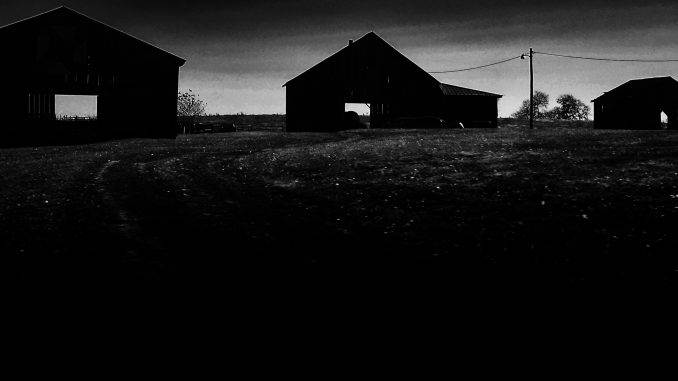
Technology made photography possible. And not only photography, but reading, writing, and art.
But by the time I bought my first point-and-shoot camera, I was afraid to use it, because my eyesight had declined to the point of legal blindness. I simply couldn’t see as well as I used to. Not that I could see well to begin with, but my vision had seen better days. There was a time I could drive a car, see the North Star, and read regular print.
Again I asked myself, “If you have trouble seeing your surroundings, what’s the point? Why do you want to do this?”
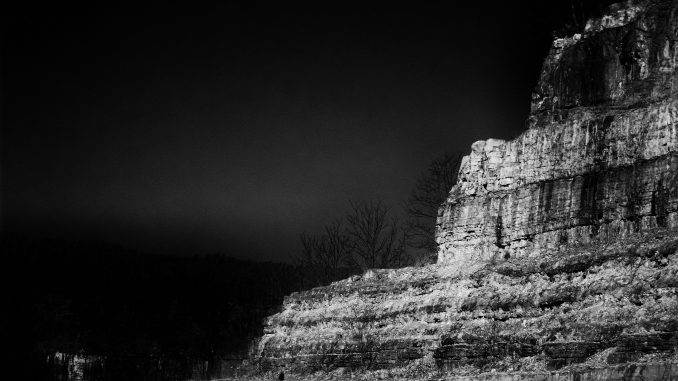
The answer was easy, but difficult to process. It was an art form that I loved but was reluctant to admit, because the idea of a legally blind photographer sounded absurd. And didn’t you have to have good vision to do this?
After some time of wondering whether to take my new camera out and use it, or send it back, I gathered the courage to try it out, telling myself that if I could finger paint without much vision, why couldn’t I take photos? I would let my camera do the work.
It would see for me. If someone accompanied me on a photo adventure, they could give me a little guidance, and I would use my blurry vision, but for the most part I would rely on my 47-inch computer monitor to see what I’d captured. I also relied on my four years of high school art education, two to three years of college art courses, and experience as a sketcher.
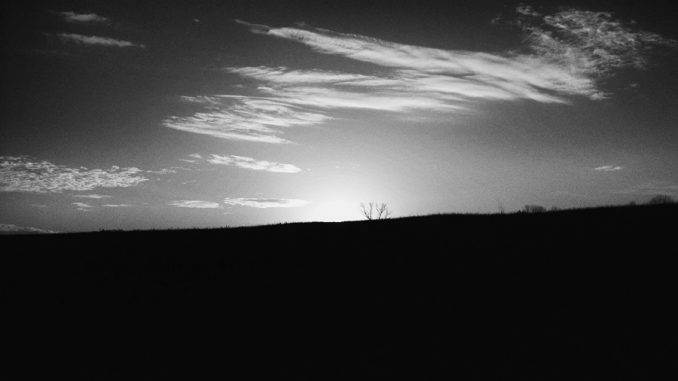
Art was in my blood, so I had an idea of what an aesthetic picture was supposed to look like, at least to me. Something like Ansel Adams, who was my artistic hero growing up. I was inwardly thrilled whenever I saw one of his black and white landscapes.
This is how I unearthed my deeply-buried desire to become a fine art photographer. To me, there is as much beauty and art in a photograph as there is in a painting. In fact, the kinds of photos that appeal to me most are ones that could themselves pass for paintings.
As with my finger paintings, when someone looks at a photograph of mine, I would like for them to experience something, whether it be a mood, an idea, a memory, a thought. I don’t take pictures just for myself; I take them for others to enjoy.
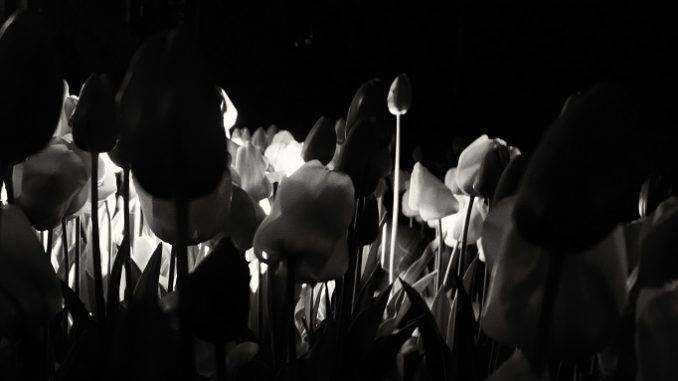
When it comes to photographs, I prefer black and white, because I see best in high contrast. I love color, but when I look around at colors in my world, they all blend together in a blur. Black and white stands out in stark contrast, and it’s easier for me to see.
It’s the distinct areas of black and white composition I look for when I have my images up on my large monitor. If I don’t see enough contrast, I can’t tell what the picture is about, and I delete it.
Photography isn’t just a whim I decided to act on one day. It’s been bottled within me for many years. I was content to take family photos, and it was enough, then. But as an artist, creativity can only be contained so long before it has to release, and I wanted to share it with others. Especially the visually impaired, who may be wondering if they should or should not pursue a particular passion.
Article By Tammy Ruggles. See her portfolio here

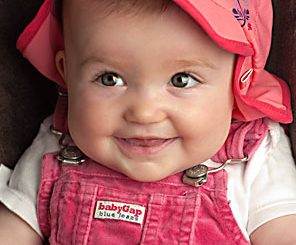
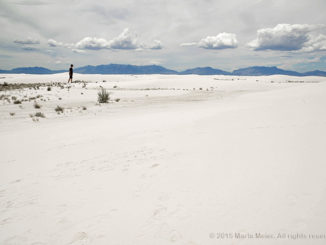
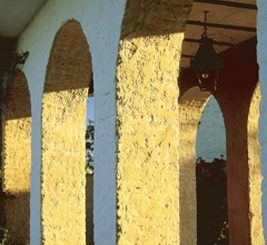
Leave a Reply